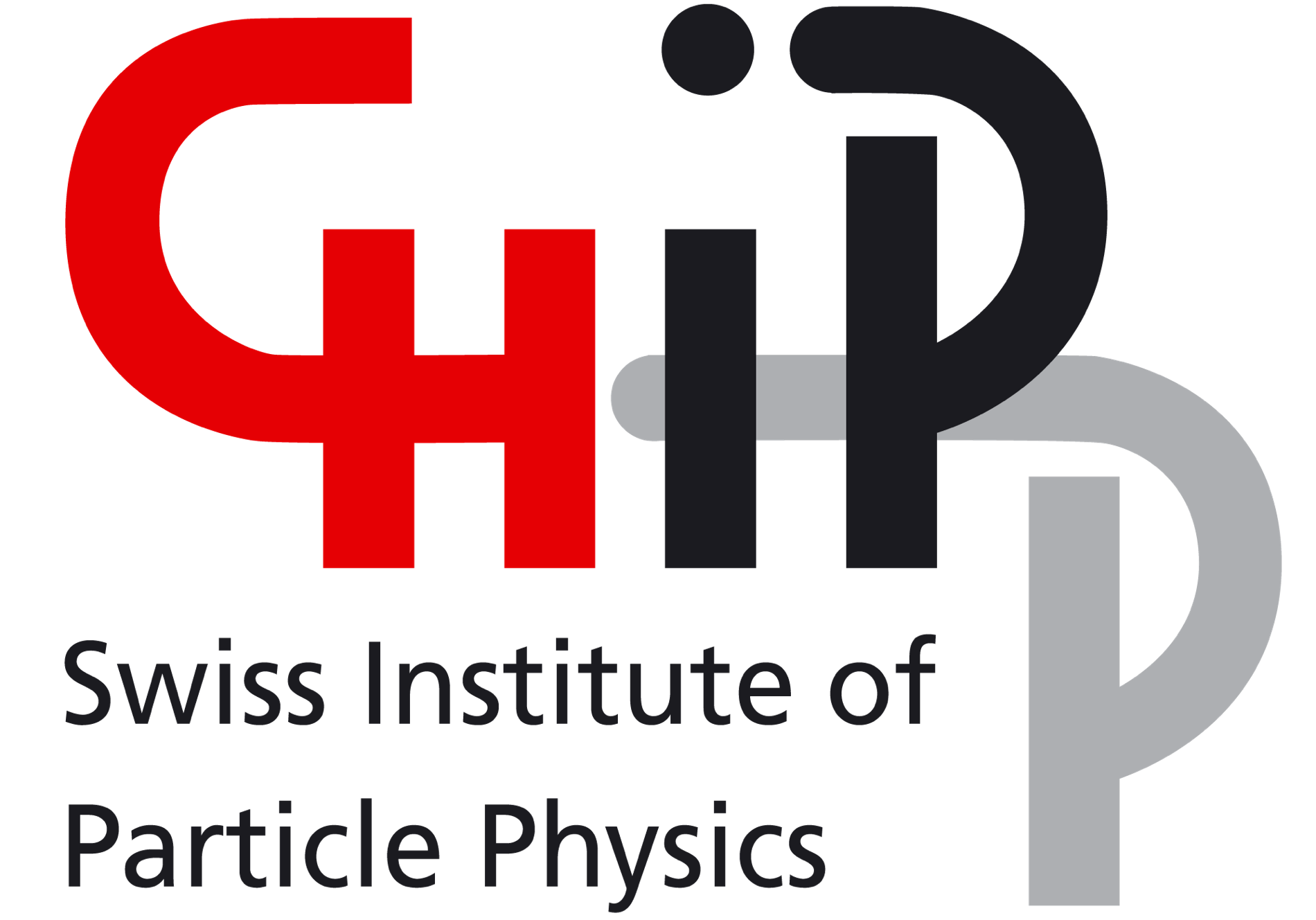Looking for just that little bit of difference
Experiment at PSI examines the properties of the neutron using very special equipment

In an experiment hall at the Paul Scherrer Institute you can find the world's best magnetically shielded room. Not even the smallest (electro-)magnetic signal is allowed to enter, so as not to disturb the experiment that will take place inside: the “n2EDM” experiment. When it starts operating, which is planned for next year, it will search for the electric dipole moment of the neutron. The aim is to get to the bottom of one of the greatest mysteries in physics: why we exist.
Fractions of a second after the Big Bang, matter and antimatter should have existed in equal quantities. Today, however, only matter remains. What happened to the antimatter? What is the key to our existence? Even the smallest deviations from predictions of particle properties could provide clues to hitherto unknown physical phenomena in the Universe. Various experiments around the world are specialised in searching for small deviations from the current theoretical predictions by means of extremely precise measurements and inferring differences between particles and antiparticles. One of these is n2EDM.
The 50 or so researchers from 14 institutions involved in the n2EDM experiment are looking for a specific property of the electrically uncharged neutron: its electric dipole moment (EDM), i.e. the measure of the distance between positive and negative electric charge distribution within the particle. In fact, they want to see if it exists at all. The neutron should only have an immeasurably small electric dipole moment if the standard model of particle physics is correct. However, many new theories that seek to explain the matter-antimatter asymmetry in the Universe conclude that the neutron must have an EDM after all - but it is extremely small and therefore extremely difficult to measure. So far, the highest sensitivity was achieved by the predecessor experiment, nEDM. It did not find an EDM in the neutron, but set a new limit on its value. The new n2EDM experiment is an order of magnitude more sensitive, not least because of a new, much better magnetically shielded room.
The neutrons that the researchers want to study have to be decelerated extremely so that they become ultracold, meaning very slow. If you compare their energies with the protons circling in the Large Hadron Collider at CERN, they are 21 orders of magnitude lower - "at just under seven metres per second, our neutrons are so slow that you could run alongside them," says Bernhard Lauss, one of the two spokespersons for the n2EDM experiment. When neutrons are so slow, they can no longer pass through material and can be trapped in special material bottles - a property that the experiment takes advantage of to be able to observe the neutrons for a long time, i.e. over three minutes. The PSI specially built a source for ultracold neutrons. This source produces a very high intensity of ultracold neutrons to enable a measurement with high statistics and thus achieve a very high sensitivity.
The neutrons are exposed to a magnetic field that has been measured with extreme precision. In this field, the neutrons can precess, meaning they start rotating around their axis like small gyroscopes. If the neutrons show the smallest deviation from this precession in an additionally applied electric field, this would be a direct indication that the neutron has an EDM. The accuracy is virtually unimaginably high: by comparison, if we were to imagine that the neutron was the size of the Earth, the charge separation causing the deviation would be smaller than a width of a hair.
For the experiment to work at all, the stored neutrons must not be exposed to any magnetic or electrical interference from the outside. A passing vehicle with its (tiny) magnetic field would already have a negative influence on the measurements. All materials used must therefore be absolutely non-magnetic, even inscriptions could create a small magnetic field that would interfere with the measurement. Before the experiment starts, everything in, on or around the neutron chamber must therefore be carefully checked for magnetic contamination so that the respective interfering magnetic fields are eliminated. “That took us many months,” says Lauss. “It is very time-consuming to magnetically scan every single step in the production of the apparatus.”
The magnetically shielded room itself is a five-metre cube with seven shielding layers, in which 50 tonnes of material are fitted, including a system of magnetic coils of over five kilometres of cable to demagnetise the individual layers. A coil system of around 55 kilometres of cable was built around the outside to compensate for outside interference – such as passing cars. The ultracold neutrons will then be measured in the neutron storage chamber inside. So far, the measured value for the electric dipole moment of the neutron has been 0, with a tiny statistical error of 1.1 x 10-26 e cm (meaning the measurement is extremely precise). N2EDM is expected to increase this measurement accuracy by another factor of 10 to get into the range of recent theoretical predictions. "We always make jokes about putting maximum effort into measuring 0 in the end," says Lauss. But maybe something other than 0 will emerge...
More info: https://www.psi.ch/en/nedm
Barbara Warmbein


